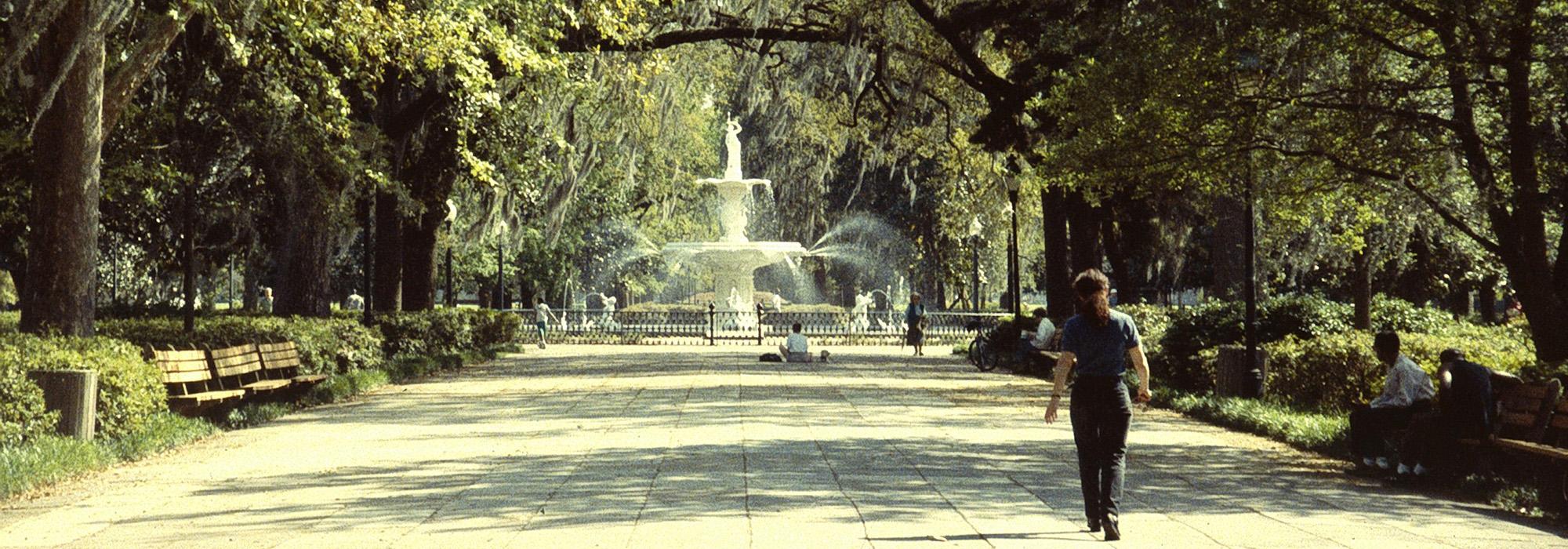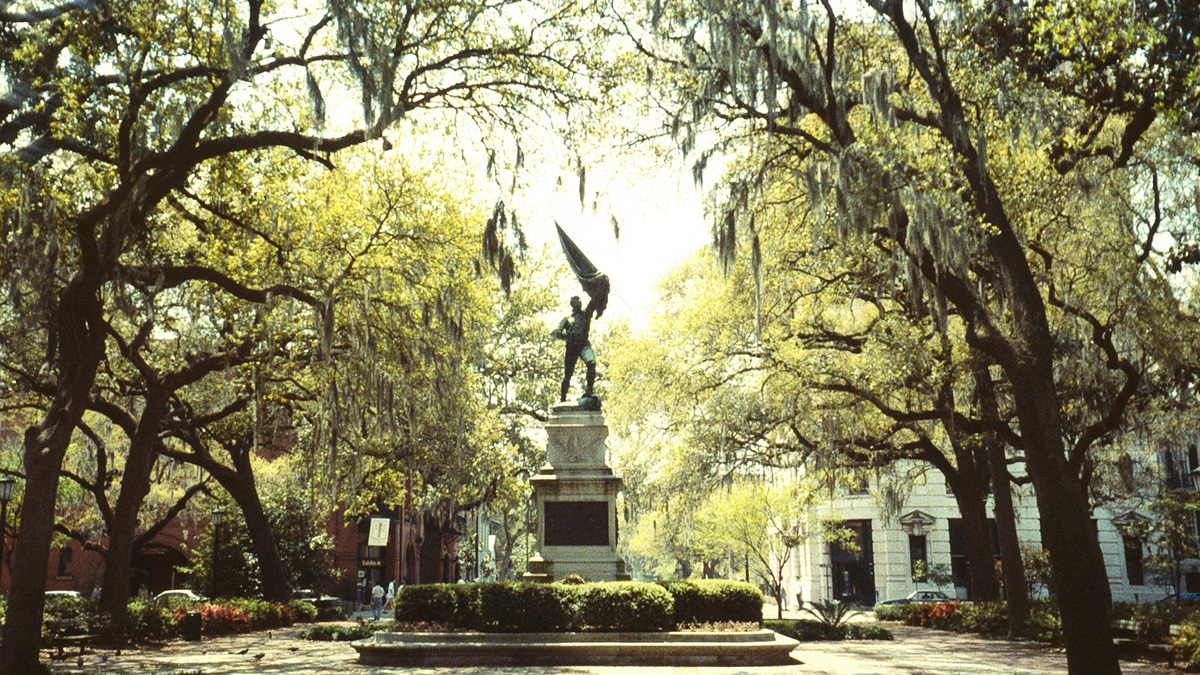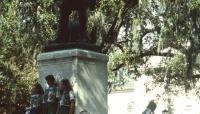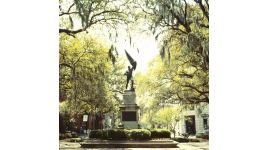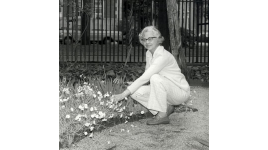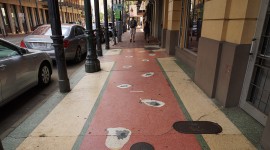Landscape Information
In 1733 General James Oglethorpe laid out a plan for the city consisting of four basic elements: wards, squares, tythings, and trust lots. He oriented streets north-south and east-west, development beginning near the Savannah River to the north and progressing southward. At the center of each ward was a square surrounded by public and private buildings. To the east and west of the squares were trust lots, which were reserved for public buildings, such as courts, museums, churches, and synagogues. Two tythings were located to the north and south of the squares, each consisting of ten house lots, enabling 40 families to reside in each ward. Oglethorpe laid out the first four squares (Ellis, Johnson, Telfair, and Wright), but city leaders continued to follow the design after he returned to England, the city eventually growing to include 24 squares. The original plan, which reflects the state’s precarious position as a military outpost between Carolina to the north and the Indians and Spanish to the south, continued to be used for over 100 years.
Forsyth Park was laid out just south of the squares in the 1840s. In the 1930s landscape architect Georges Bignault produced drawings and planting plans for the redesign of most of the then 24 squares. From 1951 to 1972 landscape architect Clermont Lee developed and oversaw the renovations of five of the squares (Greene, Madison, Troup, Warren, and Washington Squares). While the squares were muddy, barren patches in the eighteenth century, most were improved in the nineteenth century, and many now feature monuments, sculptures, fountains, gazebos, and bandstands. Today, 22 of the squares remain. The Savannah Historic District was listed in the National Register of Historic Places and designated a National Historic Landmark District in 1966.



